Every four years, Americans go to the polls to vote for a new president, and the next U.S. elections to be held on November 3, 2020, the date when the 46th President of the United States of America will be elected.
However, due to the scandalous and controversial personality of Donald Trump, who has been in power since January 2017, many experts consider the 2020 presidential election more important than previous ones.
In addition, this year there are an unusually large number of Democratic candidates for the presidency of the United States, and among them a record number of women.
Read also: Rating of US presidential candidates.
In this review, we will look at how, who and when will run for the presidency of the United States. And also, who will not do this (but this is not certain).
Who can participate in the election of the President of the United States as a candidate
 Any American can register as a candidate for the post of head of the White House. To do this, it must meet three main conditions:
Any American can register as a candidate for the post of head of the White House. To do this, it must meet three main conditions:
- have American citizenship by birth;
- age from 35 years;
- has lived in the United States for at least 14 years.
What will happen before the elections?
 Now American politicians who want to compete for the presidency are preparing for the primary elections ("primaries") across the country. They traditionally take place from early February to June in all states. This is a full-fledged vote, the results of which can greatly affect the position of one or another candidate and his election campaign.
Now American politicians who want to compete for the presidency are preparing for the primary elections ("primaries") across the country. They traditionally take place from early February to June in all states. This is a full-fledged vote, the results of which can greatly affect the position of one or another candidate and his election campaign.
The main task of candidates is to win in those states in which the primaries take place first. This will give their name more political weight.
The goal of primaries is to prevent candidates from the same party taking votes from each other in a major election. Accordingly, according to the results of the primaries one candidate from each party will be selected.
At the same time, losing candidates will still be able to stand as a candidate in the 2020 US elections, but without party support.
After the parties have decided on the main favorites, the third stage will begin, during which the candidates will travel around the country, campaigning for voters and hold televised debates.
We are chosen, we are chosen
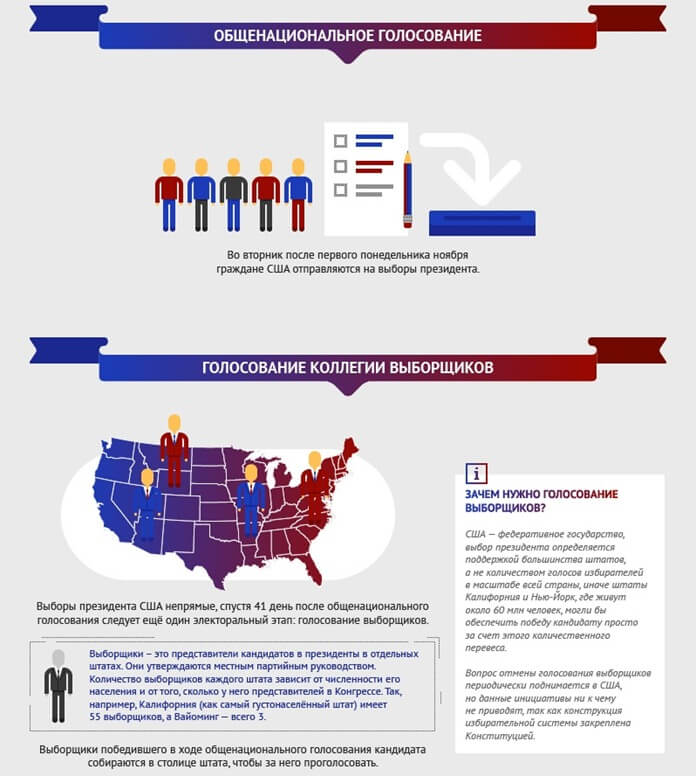 In the United States, there is a two-stage electoral system, with the help of which it is determined who will be called "Mr. President" in the next 4 years.
In the United States, there is a two-stage electoral system, with the help of which it is determined who will be called "Mr. President" in the next 4 years.
- When residents of each state go to the polls and vote for the preferred presidential and vice president (they go “in tandem”), the candidates will not receive their votes directly.After all, the second stage is the voting of the electoral college.
- Each state (as well as Washington, DC) has a certain number of electoral votes. It depends on the number of state representatives in Congress. California has the largest number of electors (55).
On their voting day (one month after General Election Day), electors meet in their state capitals, unless a different voting location is specified, and hold the actual election for President of the United States.
If you take all 50 states and 3 votes from Washington, then the total number of electoral votes is 538, which means that a candidate must collect at least 270 votes to win.
Electors usually vote for the candidate with the most votes in their state. At the same time, there are no provisions in the federal law of the country that would oblige electors to vote exactly the way their voters want.
If there is a draw, then everything will be decided by the voting results in the House of Representatives. The winner is required to receive votes from representatives of 26 states.
US Election Day 2020: A Bit of History
 General Voting Day for the presidency of the United States in 2020 will fall on November 3. This day was not chosen by chance. November 3 is the first Tuesday of the month and at the same time a working day, which is fully consistent with the principles established back in 1845.
General Voting Day for the presidency of the United States in 2020 will fall on November 3. This day was not chosen by chance. November 3 is the first Tuesday of the month and at the same time a working day, which is fully consistent with the principles established back in 1845.
“Why should a single day for elections in the United States meet these two criteria?” A curious reader might ask. Because in the 19th century, farmers made up the majority of America's population. To vote, they had to travel to the polling stations, spending a lot of time on the road. Few people wanted to do this on the day off; moreover, on Sunday, God-fearing people went to church. If you hit the road on Monday, then on Tuesday you could just get to your destination.
And November was chosen because by this time the harvest had already ended, and the severe cold had not yet come.
Main parties
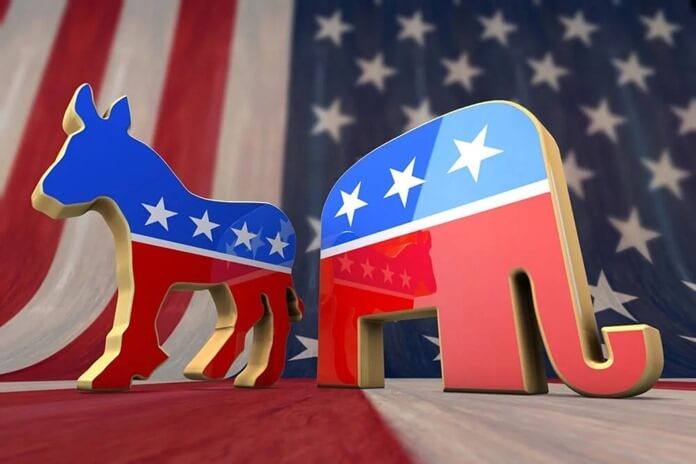 There are only two main parties in the US - Democrats (Liberal, Center-Left Party) and Republicans (Conservative, Center-Right Party).
There are only two main parties in the US - Democrats (Liberal, Center-Left Party) and Republicans (Conservative, Center-Right Party).
Other "outside" candidates sometimes participate, either from the Libertarian Party or the Green Party.
However, the political tradition in America is very strong, and non-Democratic or Republican candidates are not seen as serious competitors.
Key GOP nominee: Donald Trump
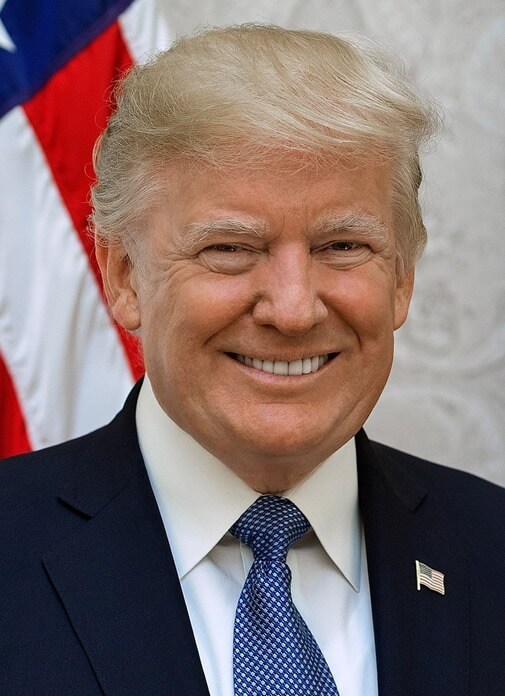
Forty-fifth President of the United States. Ready to become the first president in US history to face impeachment of the House of Representatives and then seek re-election.
Key Democratic nominee: Joe Biden
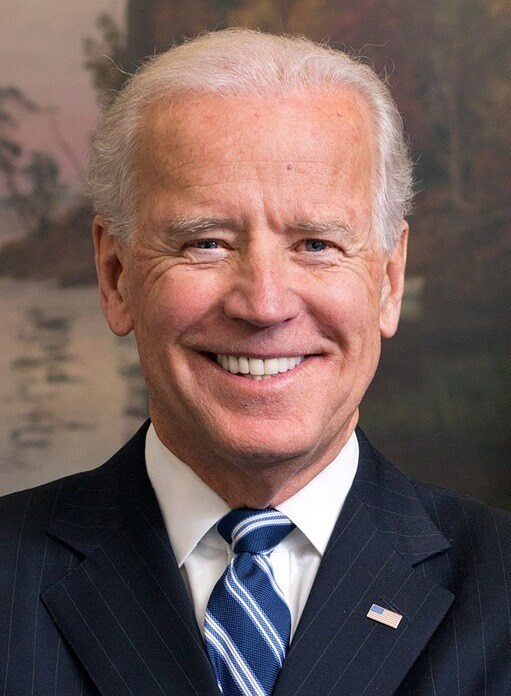
From Monday to Wednesday, August 17-20, representatives of the US Democratic Party are holding a nationwide convention, which is being held in video format due to the coronavirus threat.
Joe Biden was chosen as the Democratic spokesman for the presidential race. And in case of Biden's victory, Kamala Harris, a senator from California, will become vice-president. No black American woman in US history has ever played second fiddle in the White House. But it is black voters, especially black women, who are the pillars of the Democratic Party and played a key role in Biden's victory in the primaries.
During a virtual meeting of the Democratic Party, a number of former opponents of Biden (including Senator from Minnesota Amy Klobuchar and Indiana Mayor Pete Battigieg) came out with approval of his candidacy.
A virtual Republican nomination ceremony will take place next week. There, the current President of the United States, Donald Trump, will deliver a welcoming speech.
Joe Biden - among strangers
But Democrats are not alone in singing laudatory odes to their candidate. Some prominent Republicans would like to see Joseph Biden as president of the United States.
So, his candidacy was supported by Republican Colin Powell, who from 2001 to 2005 worked as Secretary of State under George W. Bush. In particular, Powell hopes that Biden will pay special attention to the interests of the military.
In addition to Colin Powell, Republican John Keysick, the former governor of Ohio, announced his political sympathies to Biden.
Who runs Biden's headquarters?
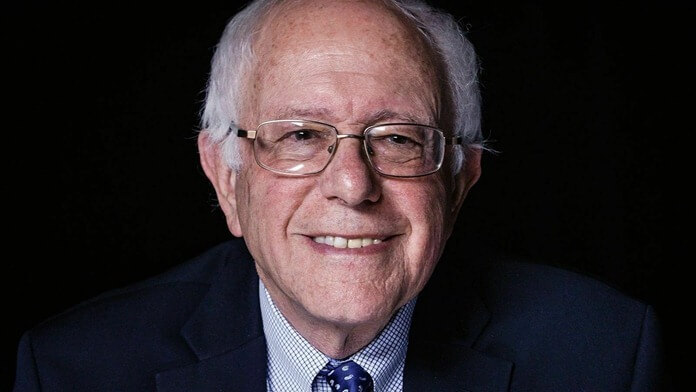 According to the current US leader Donald Trump, Joe Biden's campaign headquarters is actually run by 78-year-old Senator Bernie Sanders. Trump expressed this opinion on August 18, during a speech to his supporters.
According to the current US leader Donald Trump, Joe Biden's campaign headquarters is actually run by 78-year-old Senator Bernie Sanders. Trump expressed this opinion on August 18, during a speech to his supporters.
He also added that Biden has become a puppet run by left-wing radicals, which has caused the Democratic Party's political agenda to shift to the left.
“Bernie Sanders in his speech expressed many ideas that were considered radical a few years ago. It's mainstream now. It was Bernie Sanders, since Joe himself does not know where he is already. But even if even he knew, he was taken so far to the left that our country will no longer be the state that we know ”, Trump said.
Why 2020 US presidential election will be so different from 2016
Hillary Clinton led many polls throughout the 2016 election cycle, and while nationwide polls were fairly accurate, the picture was skewed when it came to popular vote.
So who can blame Democrats if they don't believe the latest polls showing Biden has a significant lead nationally and in key states?
But there are many reasons why 2020 is not 2016:
-
Trump appears to have an approval ceiling of less than 50%, with polls conducted in August drawing him a rating of 41% to 46%.
-
The share of third-party votes is likely to be lower: approximately 6% of voters voted for third-party candidates in 2016, the highest percentage since 1996. This helped Trump win the Electoral College. But the percentage of people voting for third-party candidates this fall is likely to be lower for several reasons, including:
- Biden works closely with Senator Bernie Sanders from Vermont and has a better relationship with Sanders than Clinton.
- Third-party candidates are less visible this time around and get less attention than they did in 2016.
- Perhaps most importantly, no one underestimates Trump's chances, as some did in 2016. Democrats see him as a much clearer, more real and urgent threat that could well win re-election.
-
People love Biden more than Hillary Clinton: Trump and Clinton were two of the most disliked presidential candidates in American history.
Will we see Hillary Clinton fight against Donald Trump?
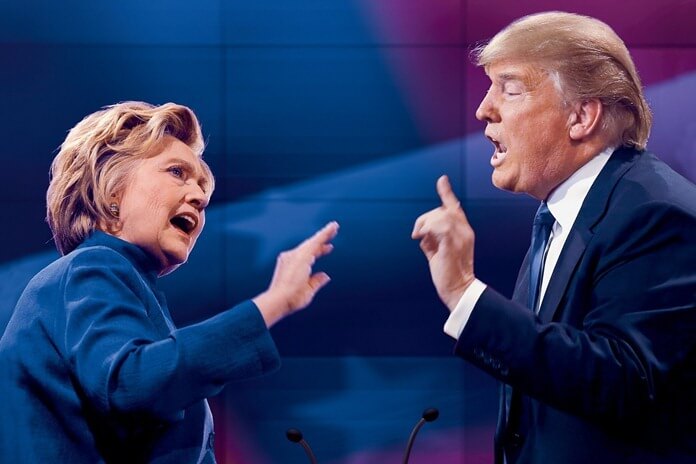 As for Trump's main threat in 2016 - the frantic Democratic Hillary Clinton - in an interview with the BBC, she said that she did not plan to enter the presidential race, but she was under enormous pressure to persuade her to change plans.
As for Trump's main threat in 2016 - the frantic Democratic Hillary Clinton - in an interview with the BBC, she said that she did not plan to enter the presidential race, but she was under enormous pressure to persuade her to change plans.
"As I say - never, never, never say never"Clinton said.
When exactly will Trump face the candidates for the 46th US President?
The Democratic National Convention, at which Joe Biden was named the Democratic candidate, was held from 17 to 20 August.
The Republican convention takes place later, from August 24 to August 27. Technically, President Trump is not yet an official GOP nominee until announced at convention.
After that, we can look forward to four discussions as Donald Trump and Vice President Mike Pence take the stage alongside their Democratic opponents.
What happens after the winner of the presidential race is announced?
After the announcement of the results of the US elections in 2020, a short transition period will begin, during which the new head of the White House will be able to select members of the government and work out a plan for further action.
In January, the new president will be sworn in at an event called the inauguration.
Following the Congressional ceremony, the president will return to the White House to begin his four-year term in office.
Last news

